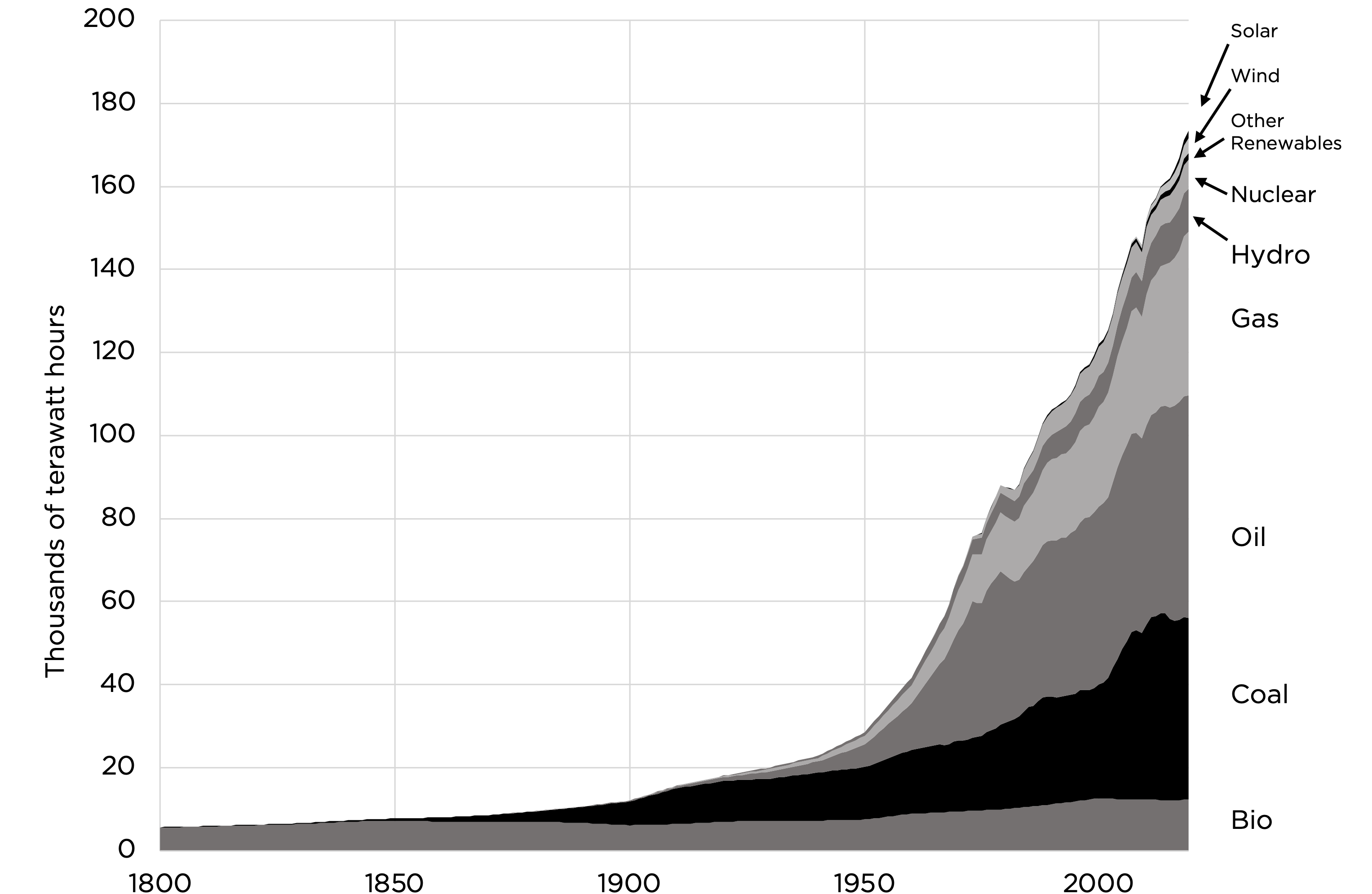Myth: Geothermal energy can rapidly replace a significant percentage of fossil fuel use.
Truth: Geothermal cannot replace a significant percentage of fossil fuel use because it requires the rare geology of places like Iceland. "Deep geothermal" has promise, but is decades away from scalability.
-
Geothermal energy is energy produced using Earth’s natural heat reservoirs.
As the public becomes aware of the problems with intermittent solar and wind, many opponents of fossil fuels now say that geothermal energy can provide low-cost, reliable, renewable energy around the world.
But it cannot—not for decades, at minimum.
-
Geothermal energy is successfully used in Iceland as a major source of heat and electricity.
This is often used as evidence that it can be used everywhere.
But the reality is that geothermal is used dominantly in Iceland for a reason: Iceland is uniquely conducive to it.1
-
To efficiently generate heat and electricity, large geothermal plants require geological heat reservoirs that provide heat or hot steam relatively near the Earth’s surface. Those exist in Iceland, but they’re rare: in most places, underground temperatures near the surface hover in the 50–60°F range.2
-
Because of geological limitations, modern geothermal energy’s ability to scale is very limited. Today it is less than 1 percent of global energy. Geothermal as we know it is nothing resembling a scalable, near-term replacement for any form of fossil fuel use.3
-
When the severe location limitations on today’s geothermal are acknowledged, we hear enthusiasm for “deep geothermal,” with claims such as: “Supercharged geothermal Energy could power the planet”
This technology is exciting but it is decades away from even being a significant supplement for fossil fuels, let alone replacement.4
-
The promise of deep geothermal energy is that if you drill far deeper into the Earth than you would for conventional geothermal, you can access high-temperature, high-pressure water that is better suited to generating electricity.
As an enthusiastic accounts put it: “the heat contained in the upper 3 kilometres of the crust would be enough to meet the world’s energy demand thousands of times over.”5
-
If companies can cost-effectively drill very deep under the Earth and can cost-effectively capture the heat—using equipment with an incredible tolerance for temperature and pressure—they might be able to get reliable geothermal energy in a far wider array of locations than current geothermal can provide.
But these are big “ifs.”
-
Deep geothermal is still in experimental state, and has been for two decades, as companies try to figure out how to cost-effectively drill deep and deal with very high levels of temperature and pressure.
There have been only two prototype wells so far, neither producing significant energy.6
-
While it is good to be excited about the long-term promise of deep geothermal, the idea that it is going to make it practical to rapidly eliminate fossil fuels—80% of the world’s energy (and still growing)—is either ignorant or dishonest.

-
The proper policy toward geothermal, including deep geothermal, is not to try to mandate it but to liberate it—above all from anti-development activists, including many anti-fossil fuel activists, who are holding it back.
-
Geothermal gets pushback by anti-development activists, and will get more in the future if it becomes more cost-effective, because it involves impacting the Earth—including engaging in the same kind of “fracking” that oil and gas production involves, to crack rocks and release heat.
-
Does anyone believe that Greenpeace and the Sierra Club wouldn’t come after geothermal fracking, and drilling over 10,000 feet below the surface of the Earth, if it becomes cost-effective?
Government must protect geothermal from anti-development activists so that it can reach its full potential.
References
-
ORKUSTOFNUN (Island National Energy Authority) - Geothermal, The Resource↩
-
U.S. National Renewable Energy Laboratory - Geothermal Electricity Production Basics
U.S. National Renewable Energy Laboratory - Geothermal Heat Pump Basics↩
-
New Scientist - Supercharged geothermal energy could power the planet↩
-
New Scientist - Supercharged geothermal energy could power the planet↩
-
ORKUSTOFNUN (Island National Energy Authority) - The Iceland deep drilling project↩
